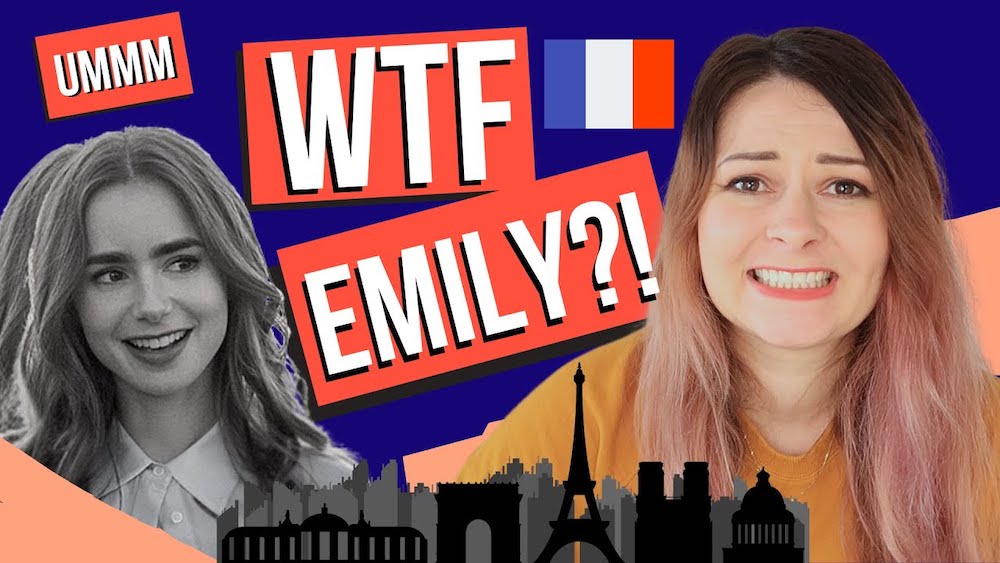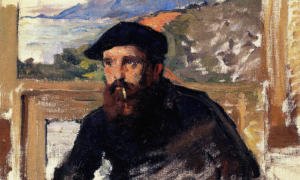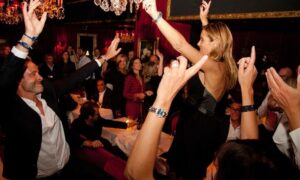Many expats have this sneaking suspicion that the French see them as undeserving. Nobody wants to be an ugly American: an entitled foreigner who gets paid more money for fewer skills and less education than their counterparts. The Netflix series “Emily in Paris” underpins this unfavorable reputation.
It’s deliciously infuriating to watch!
Backstory
Emily Cooper is a poor little privileged girl, full of hope and dumb luck. Though Emily is a social media pro in Chicago, she’s faking her way through a digital marketing job at a French firm for which she hasn’t been groomed. Because she doesn’t freakin’ speak French! In the real world, no French office (even an American subsidiary) will run a meeting in English for someone who’s supposed to speak French in the first place. She’d have to figure it out.
Emily’s image romanticizes ignorance and the show is resplendent with cliché. It’s a media crotte de chien (dog turd) expats would prefer to deftly sidestep.
Emily lives in a world where Paris is her amusement park and she’s taking it for a ride. Unfortunately, her playground is also the French capital, with 11 million residents who spend much of their time in the repetitive grind of urban life. Parisian workers oftentimes struggle under economic duress, competing in an environment of high inflation, inadequate salaries and rising unemployment.
Their typical professional life is métro, boulot, dodo (subway, work, sleep).
‘What’s the big deal? It’s a fantasy ….’
My stateside friends say, “What’s the big deal? Just let viewers have their fantasy.” Yeah, I get it. The show isn’t serious. Just another escapist sex comedy.
At my editor’s request, I watched Emily bumble through her cultural dilemmas jauntily sporting pricey brands in hopes of ending her day dining in her forbidden boyfriend’s chic café.
I gobbled it up, drinking in both seasons in two days. Even if this is not my daily life in France as an expat, I could still savor this rhinestone version of “La Dolce Vita,” served up on a plasma screen.
(Author’s note: Season 2 goes so far as to discuss Federico Fellini’s film in the Italian ice cream scene.)
Speaking of name dropping, what better third-party endorsement could one have than King Louis XVI? KLXVI is credited with starting the trend of high fashion in France in the 1700s (some years before being guillotined in Place de la Concorde).
His birthplace, Versailles, is also featured in the show. There’s Emily again, decked out in a (surprisingly inexpensive) red tulle gown, seated with high society as a parade of flamboyant tacky models sashay down the catwalk. It’s is a wet dream for trend-following fashionistas as well as a venue for luxury product placement: Dior, Apple, Perrier-Jouet Belle Epoque, Starbucks, Lacoste, Channel, Converse, Vespa, Nike, Valentino, Louis Vuitton.
All the clients eat cake.
A complaint is a gift
With all this success, Emily still has its detractors. In Season 1, critics said it was “Bad. Kind of stupid. The dumbest show they have seen in years.” Oscar Wilde said the only thing worse than being talked about is not being talked about. So, in Emily’s case, the adage of “there is no such thing as bad publicity” actually worked.
Emily gained momentum. Perhaps this is why the show has a household reach of 58 million.
Interest and curiosity stemmed from the outrage. One blogger said “In Emily’s world: The French are wrong because they are not adapting to her presence.” Ouch! Which brings back memories of another Darren Star creation panned by critics: “Sex and the City 2.”
Both shows are written by the folks who brought you “Sex and the City,” the 90s romantic comedy featuring Carrie Bradshaw. It was originally based off NYC journalist Candice Bushnell’s book about life in Manhattan. Emily is said to be a bit like Bradshaw’s “little sister.”
“Emily in Paris” and “Sex and the City 2” combine extravagant/naughty adventure with high fashion in a cultural location (Paris & Dubai). Both create a buzz and aggrandizement by juxtaposition of cultural taboos.
It’s an old trick in the marketing playbook: Piss people off and cash in on the negative attention.
Both use viewer backlash resulting from insensitivity with disregard for host country customs. One does not tell a crowd of people to “suck dick and bite me” in a souk in Dubai and one definitely does not enter a pastry shop in France without saying “Bonjour!”
So, the original audience for “Emily in Paris” was “Sex and the City” fans. Demographic-wise, that would be Americans living in America watching an American film about an American girl (in Paris). The show created, (then jumped on) the opportunity to broaden interest when the expat and French market cried skunk.
“A complaint is a gift,” but it was prepackaged in this case.
Love letter gets a rewrite
Perhaps that’s why Lily Collins addressed the show’s lack of diversity and one-note depictions of French culture. What had been dubbed by its creators as a “Love Letter to French Culture” needed a rewrite.
By Season 2, Emily starts to integrate. She doesn’t learn much French, but she earns her Parisian bosses’ trust. She has a brown skinned boyfriend, breaking the racial bias (with which viewers took issue in the first series). Throughout, Emily is kind of a blundering jerk. She sleeps with her friend’s teenage brother, then with the same friend’s boyfriend.
But she’s still desperately maladroit.
Can she redeem herself?
No matter how Emily handles her dilemma, the producers will do what they do best: Feed hungry viewers a diet of cultural mishaps while adding in a healthy choice of product placement. But some viewers may decline what is on the menu, since they are abstaining from consuming marketing gimmicks and junk culture.
Me? Pass the popcorn(s). I’m eating it up.

About the author:
Alice Verberne is a journalist with more than 25 years of experience writing for magazines and newspapers in both Europe and the United States.
Alice spends her free time painting and sculpting at the Villa Vatelotte, a meeting place for artists and artisans in rural France.
See all of Alice’s posts here.
See her posts about wine here.
See more about France here.
Alice Verberne is a contributing writer for Dispatches Europe. She has worked in print journalism and magazine production in the United States and Europe throughout her career. She currently resides in France where she enjoys visiting former French speaking colonies and discussing history with the locals.















